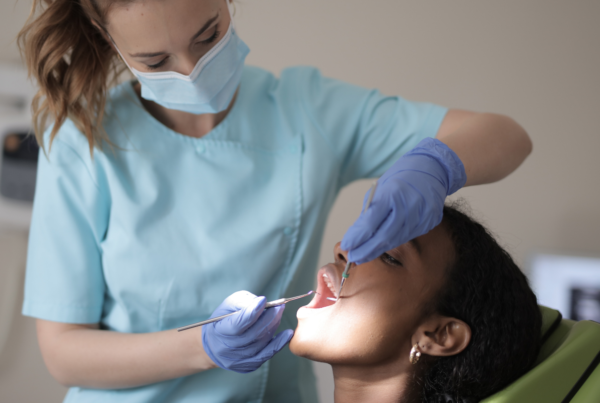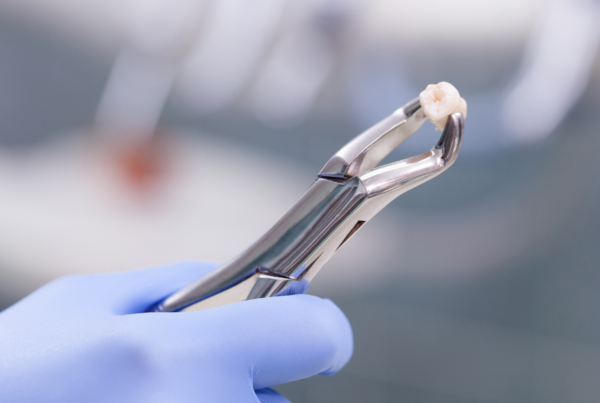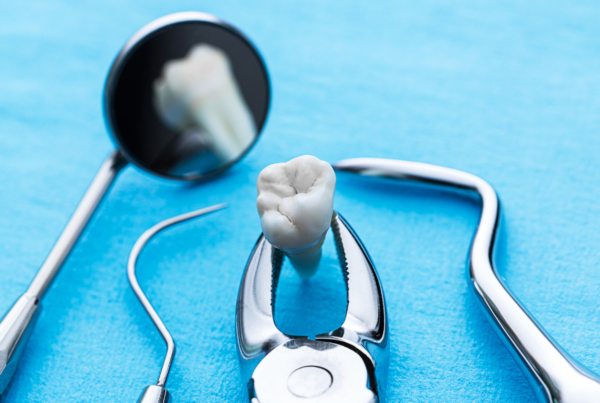- What is the dental sealant procedure?
- How is the sealing procedure performed in children?
- How does sealing differ between children and adults?
- Benefits of applying dental sealants
- How much does tooth sealing cost in Poland?
- How to care for teeth after sealing?
- Alternative methods of protecting teeth – prevention is key
- Summary
Tooth sealing is one of the most common preventive dental procedures performed in children. It is an effective and painless method for protecting teeth against cavities, which remain a serious health issue in Poland. Statistics show that most children in the country experience tooth decay as early as preschool age. This alarming trend prompts both parents and professionals to seek effective ways to protect young teeth. In this article, we explain what sealing is, how the procedure works, who it is intended for, what benefits it offers, and how much it costs.
What is the dental sealant procedure?
Dental sealing is a preventive treatment that involves covering the natural grooves and fissures on the chewing surfaces of teeth with a special protective material known as a dental sealant. These deep areas, especially on molars and premolars, are where food debris and bacteria tend to accumulate, increasing the risk of decay. The sealant acts as a protective barrier, preventing plaque from settling in hard-to-reach areas of the mouth.
Different types of sealants are used in dentistry, including light-cured sealants, which are hardened with a UV lamp, and chemically-cured sealants, which harden through chemical reactions. The choice of material depends on the patient’s needs and the dentist’s preferences.
How is the sealing procedure performed in children?
The sealing process in children is quick, simple, and completely painless, which makes it well tolerated even by the youngest patients. The treatment consists of several key steps to ensure the effectiveness and durability of the sealant.
The first step is thorough cleaning of the teeth being sealed. The dentist uses special brushes and polishing pastes to remove food debris, plaque, and other buildup. The tooth is then dried to allow proper bonding between the enamel and the sealant.
The second stage is the application of the sealant, which is placed into the grooves using a special applicator. Light-cured sealants require the use of a UV lamp to harden the material within seconds. The dentist checks if the tooth surface is completely sealed and ensures that the sealant does not interfere with the child’s bite. Treating one tooth usually takes 10 to 15 minutes, so the entire procedure can be completed in a single dental visit.
How does sealing differ between children and adults?
Tooth sealing can be safely performed on both children and adults. The goal in both cases is to protect and seal the enamel to prevent tooth decay. However, the procedure is primarily intended for children and teenagers. The best time to perform sealing is right after the first permanent molars erupt, typically around age six. It is also possible to seal baby teeth if the dentist deems it necessary.
Sealing is especially recommended for children with deep grooves, as these are harder to clean and more prone to decay. It is also an ideal solution for children who struggle with maintaining proper oral hygiene, which is common at a young age.
READ MORE: AIR POLISHING
Benefits of applying dental sealants
Dental sealing is a preventive procedure that covers the grooves on chewing surfaces with a thin layer of resin-based material that protects against decay. The treatment is especially beneficial for children aged five to eight, when the first permanent molars begin to emerge. However, sealing can also be performed on both children and adults when necessary. It is recommended for patients with deep grooves that are difficult to clean during daily brushing. Some sealants contain high levels of fluoride, which strengthens the enamel more effectively than fluoride in regular toothpaste.
The main advantage of this procedure is its high effectiveness in preventing cavities. Studies show that sealing can reduce the risk of decay in treated teeth by up to 80 percent. As a result, children avoid pain, discomfort, and invasive dental treatments in the future. The procedure is also painless and takes only a few minutes, which is especially important for young patients. Children do not experience stress or anxiety, making the process easier for both them and their parents. Another benefit is the relatively low cost, which makes it accessible to most families. In Poland, the National Health Fund (NFZ) covers the cost of sealing first permanent molars in children, which helps promote long-term oral health.
How much does tooth sealing cost in Poland?
The cost of dental sealants varies and depends on several factors. On average, sealing one tooth costs between 50 and 200 PLN. In smaller towns, the procedure tends to be more affordable, while in large cities like Warsaw, Wrocław, or Kraków, prices may be higher.
The total price is influenced by factors such as the type of sealant used (fluoride, light-cured, or chemical-cured), the location of the dental office (urban clinics usually charge more), and the dentist’s qualifications and experience. More experienced professionals may charge higher fees for the same procedure.
It is worth noting that in Poland, sealing the first permanent molars in children up to eight years old may be reimbursed by the National Health Fund. To take advantage of this option, the child must visit a clinic that has a contract with NFZ. However, reimbursement usually covers only selected teeth, so parents should check which services are available for free.
How to care for teeth after sealing?
To ensure the effectiveness and longevity of the sealants, basic hygiene rules must be followed and the condition of the sealed teeth should be monitored regularly.
The child should brush their teeth at least twice a day using fluoride toothpaste. Even though the grooves are sealed, it’s important to clean all surfaces thoroughly. Dental check-ups should be scheduled at least once every six months. During these visits, the dentist will assess the condition of the sealants and reapply them if necessary to ensure continued protection. While sealing significantly helps prevent cavities, it does not replace regular brushing and professional care.
Alternative methods of protecting teeth – prevention is key
While sealing is one of the most effective cavity prevention methods, there are also alternatives such as fluoride varnish and dental bonding agents. The main difference between these methods lies in their application and durability. Fluoride varnishing is often used as a complementary procedure to sealing, providing additional enamel protection.
Summary
Sealing teeth with a protective dental material is a safe and effective way to prevent cavities in children. This simple procedure can significantly reduce the risk of dental problems in the future. The cost of sealing is relatively low, and in some cases, it may even be covered by public health insurance. However, sealing is just one part of a broader oral care strategy and should be supported by regular hygiene practices and dental check-ups. Early prevention is an investment in your child’s long-term oral health and confident smile.






